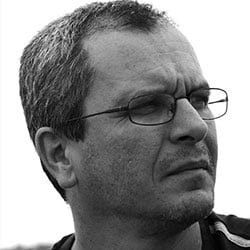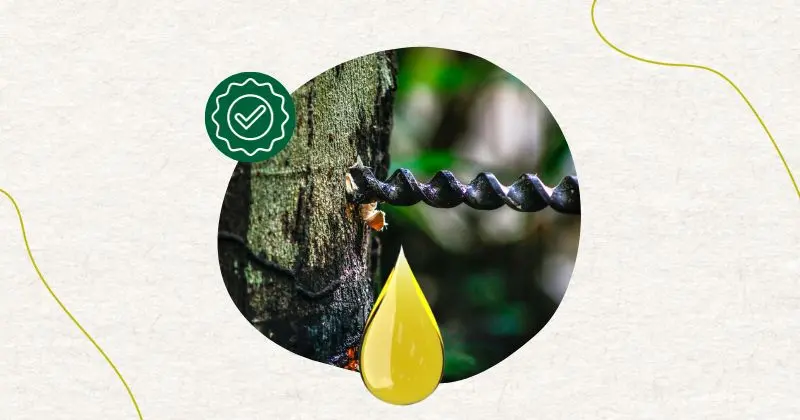
André Tabanez is an Agronomist, Doctor of Ecology
I’ve been working in the Amazon forest for over 2 decades and I have to admit I didn’t know that the forest had its own commemorative date. And it makes a lot of sense, since it is the largest tropical forest in the world and the one with the greatest biodiversity as well. The Amazon Forest is, indeed, a matter of pride for Brazilians, but why is this date so little known among us?
There is not much scientific knowledge produced over the rainforest, and this lack of information we have about it contributes to its degradation and lack of appreciation. We believe it’s possible for the preserved rainforest to produce wealth for the region and for the country, so I assume the mission to disseminate more information about it. So here I go.
First of all, I consider important to fight the belief that developed countries have brought down their forests and they’re now “worried about ours”, or even that progress is strictly linked to forest replacement.
This is an oversimplified thought, which doesn’t consider that these countries occupation took place hundreds of years ago, and that, nowadays, there are better ways to generate income than just replacing the forest by pasture. Besides, in a context of climate crisis, the Amazon Rainforest is a gigantic repository of CO2, due to its geographical extension, with an area bigger than Western Europe.
It’s essential that we Brazilians be aware of all possibilities for the sustainable development of the region, beyond the conventional alternatives. In addition, I believe it’s important for companies, suppliers, consumers and the entire Brazilian society to become interested for the future of the region and learn how we can influence its future. For example, most of the wood logged from the Amazon is consumed within the country, and yet, around 70% of it has an illegal origin, whether through deforestation, protected land theft, or bad working conditions.
But how can we develop the Amazon in economic and social ways, keeping the forest alive and recovering already devastated areas? I believe it’s through sustainable initiatives.
Some good examples of actions: sustainable wild harvest of Copaiba Balsam and Brazil nut, the production of rosewood in already deforested areas (recovering the biome), production of certified wood, investment in biotechnology to discover and develop new forest products, and the PES (Payment for Environmental Services), paying land owners and communities for rainforest conservation.
Whichever the way, we need to ask ourselves: “How do we, Brazilians, want to develop the Brazilian Amazon and what legacy are we leaving for the next generations?”. We can do it like the times when Brazil was discovered, when the idea was to make room for “civilization”, or we can be more strategic, with long-term thinking, and develop a green, sustainable and unique economy, embedding the rainforest into the national economy without destroying it. That’s what I want to celebrate in the Amazon Forest Day.

* André Tabanez is an Agronomist, Doctor of Ecology. He has been working for about 20 years with responsible resources, especially focused on the Amazon Rainforest.






